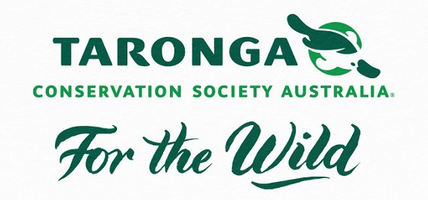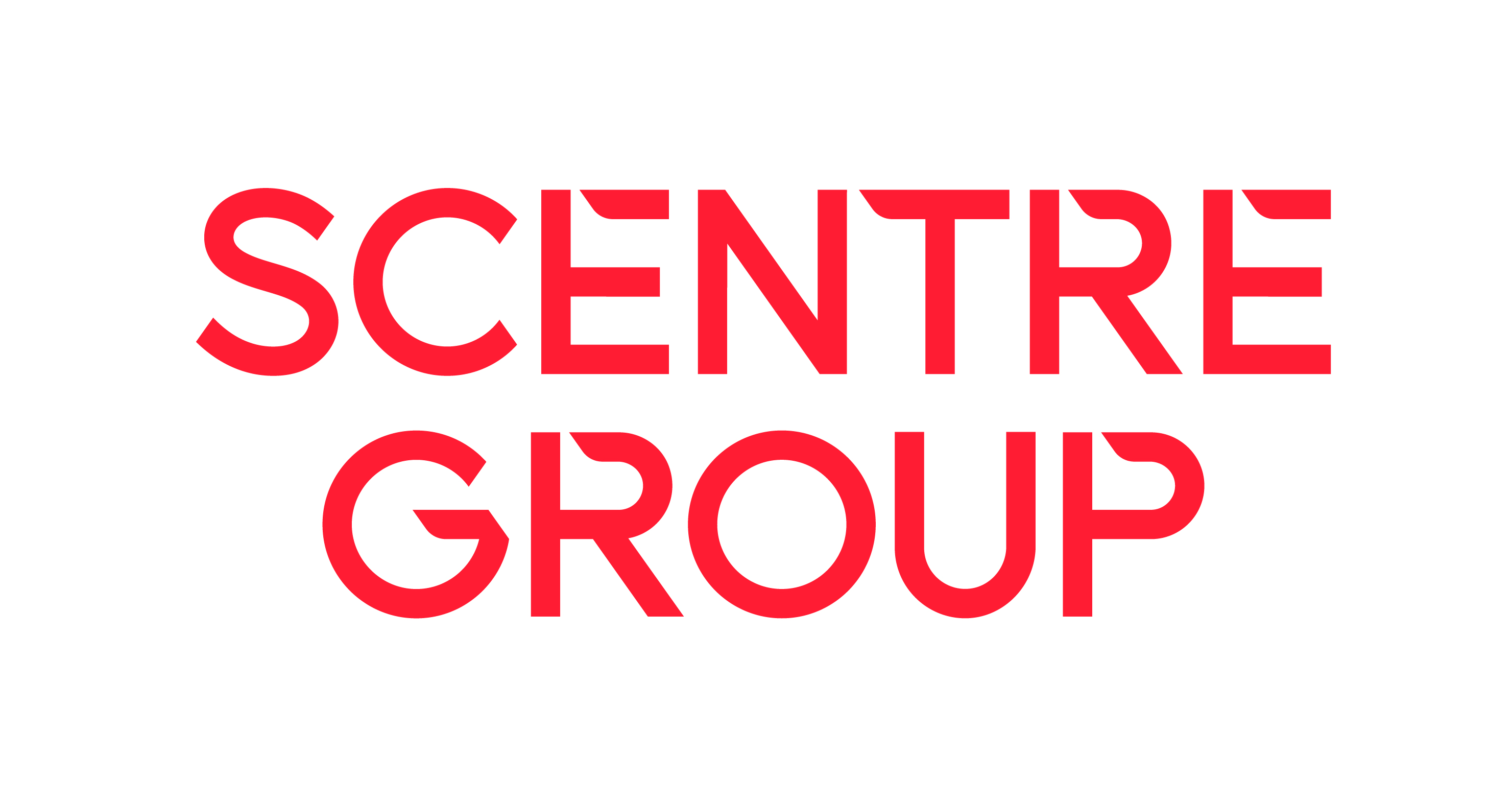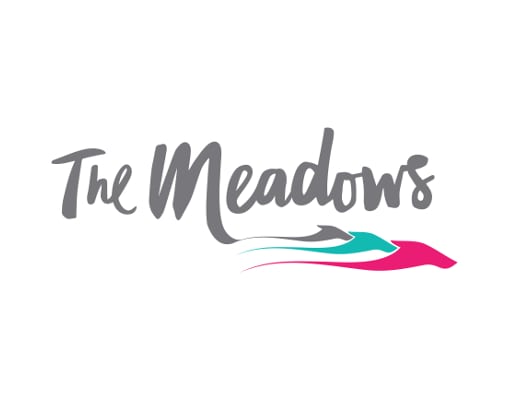Title Page
-
Audit Title
-
Client / Site/ Building
-
Conducted on
-
Prepared by
-
Location
-
Personnel
-
Instructions:
1. Answer "Yes", "No", "N/A" for the questions below.
2. Add photos and notes by clicking on the paperclip icon.
3. To add a Corrective Measure, click on the paperclip icon then "Add Action", provide a description, assign to a member, set priority and due date.
4. Complete audit by providing digital signature.
5. Share your report by exporting as PDF, Word, Excel or Web Link.
1. Personal Hazards
-
1.1 Plant is protected from any hair, clothing, gloves, jewelry, brushes, rags or other materials becoming entangled with moving parts.
-
1.2 Risk of crushing from parts of plant falling off, or uncontrolled or unexpected movement of plant has been addressed.
-
1.3 Risk of being cut, stabbed or punctured due to contact with moving parts, or materials loaded into or taken out or ejected, has been addressed
-
1.4 Risk of being injured from shearing (caught between moving parts), friction or being struck has been addressed
-
1.5 There is protection from contact with electricity, heat, explosion, steam, hydraulic fluid and toxic substances.
-
1.6 Plant is protected from contact with overhead or underground power lines and public authority services.
2. General Hazards
-
2.1 Access and egress provisions are safe.
-
2.2 Risks associated with the plant when it is not in use or when undergoing maintenance have been addressed.
-
2.3 Controls are suitably identified and conveniently located.
-
2.4 Controls can be locked off and power disconnected when not in use.
-
2.5 Guarding is adequate for the type of plant and the work being undertaken.
-
2.6 Regular inspections and maintenance programs are carried out as scheduled (including electrical testing).
3. Competency and Training
-
3.1 Is a certificate of competency required?
-
Has it been obtained?
-
3.2 Is training required for operation?
-
Have operators been trained?
-
3.3 Operating instructions are available and easily understood.
4. Environmental Hazards
-
4.1 The environment is protected from contamination by vapour, fumes, noise etc.
-
4.2 The discharge of hazardous substances has been contained.
-
4.3 Plant has been monitored for air emission controls where required.
5. Hazards with Plant used for Lifting People or Materials
-
5.1 Lifting capacity is below the designated safe working load.
-
5.2 Loads are protected if they are required to be suspended over people
-
5.3 Safe egress is possible in the event of a plant failure
6 Ergonomics
-
6.1 Frequently used controls are within easy access
-
6.2 Excessive force is not required to operate the plant or controls
-
6.3 Work postures for operators are not constrained or awkward.
-
6.4 Does the operator need to over-reach, stretch, lift, carry or bend in such a way that it may cause body strain?
7 Chemical Aspects
-
7.1 MSDS available for any hazardous chemicals
-
7.2 Containers are labelled with chemical name and Class diamonds
-
7.3 Chemicals are stored appropriately
8 Regulatory Aspects
-
8.1 Is there a register of all plant & equipment with up to date maintenance and testing records?
-
8.2 Does the plant meet current standards and relevant regulations?









